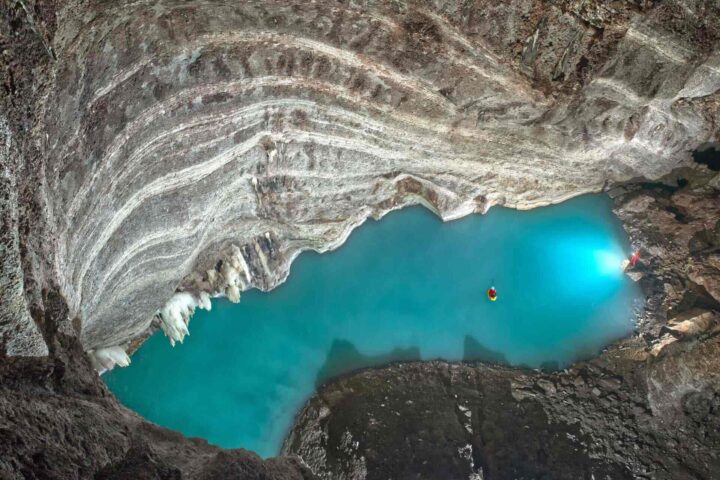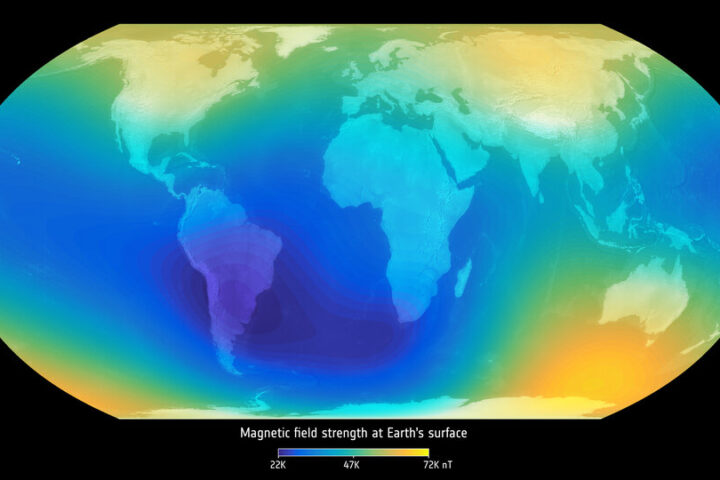The Enigma of Dark Matter
Dark Matter, an elusive and mysterious component of our universe, continues to baffle scientists worldwide. Despite its invisible nature, it plays a pivotal role in the cosmic structure, holding galaxies together. But what is it made of? A recent study might have some answers.
The IceCube Experiment: A Decade of Observations
The IceCube Neutrino Observatory, located at the geographic South Pole, has been on a quest to uncover the nature of Dark MatterFor ten years, this observatory has been watching neutrinos, tiny particles that hardly mix with other matter. The focus? To detect any excess of neutrinos emanating from the Earth’s core, a potential signature of Dark Matter annihilations.
WIMPs: A Prime Suspect
Weakly Interacting Massive Particles (WIMPs) are among the leading candidates for Dark Matter. These hypothetical particles, if they exist, would have a weak interaction with the particles of the Standard Model. The study suggests that if WIMPs scatter off nuclei near massive objects like stars or planets, they could lose energy and get trapped within these celestial bodies, including our Earth.
Findings: Neutrinos from the Earth’s Core
As WIMPs accumulate in the Earth’s center, they might self-annihilate into Standard Model particles. This process could lead to an increased number of neutrinos coming from the Earth’s core. The IceCube’s data over the past ten years has been meticulously analyzed to search for such an excess. The results have been interpreted considering various WIMP annihilation channels and masses ranging from 10 GeV to 10 TeV.
Similar Post
Comparison with Previous Research
The findings from IceCube’s analysis are not in isolation. They have been juxtaposed with results from other experiments in the same domain. The outcome? IceCube’s analysis stands out, offering competitive and, in some cases, world-leading results, especially for WIMP masses greater than 100 GeV.
Critical Perspectives and Implications
While the study presents groundbreaking insights, it’s essential to approach it with a critical lens. The nature of Dark Matter remains one of the most significant unresolved questions in fundamental physics. The findings are hopeful, but they need more checks and should be viewed in light of worldwide research on the topic.
The Road Ahead
The search for Dark Matter is akin to assembling a cosmic jigsaw puzzle. Each experiment, each observation, adds a piece to this vast mosaic. The IceCube Observatory’s discoveries are important, but there’s still more to explore. As scientists worldwide continue their relentless pursuit, one can only hope that the enigma of Dark Matter will soon be unraveled.


















